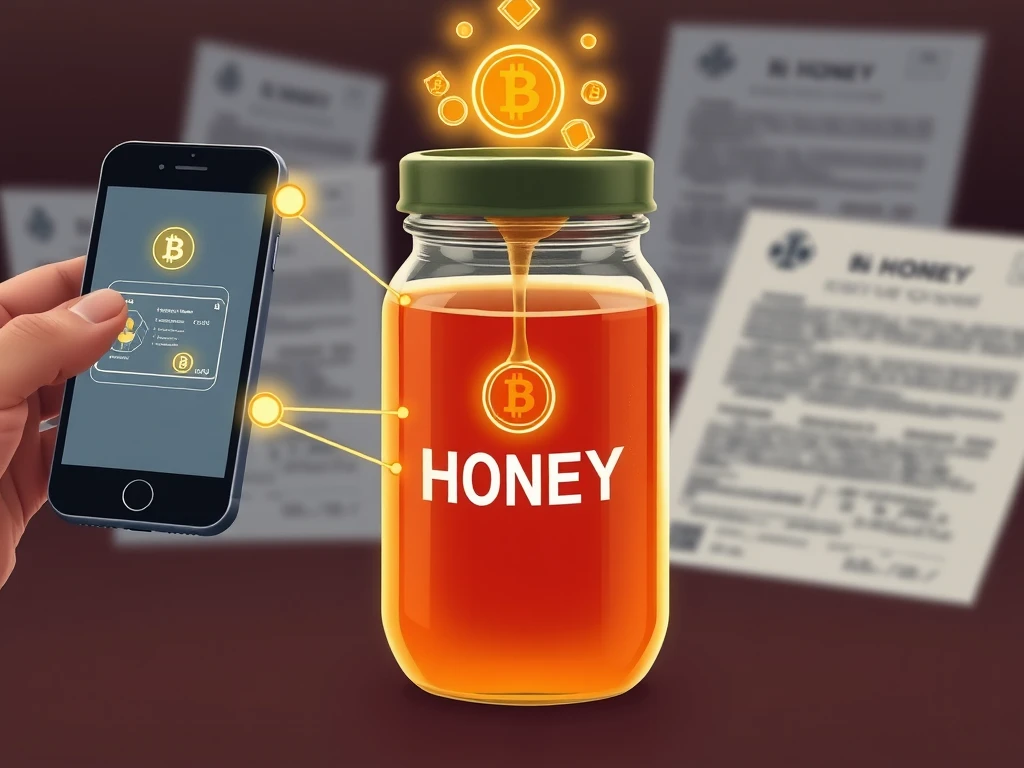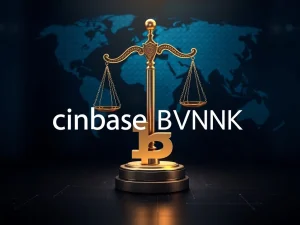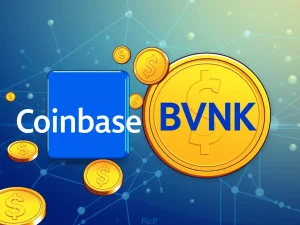Blockchain Food Traceability: How SSI Can Defeat Food Fraud Where EU Passports Fail

Food fraud is a significant global problem, costing billions and harming consumers and producers alike. While regulatory efforts like the EU digital product passport aim to improve visibility, they may not be enough to combat sophisticated fraud tactics. This article explores why these passports have limitations and how blockchain food traceability, specifically powered by self-sovereign identity (SSI), offers a more robust and tamper-proof solution for enhancing supply chain transparency.
The Alarming Reality of Food Fraud
The issue of food fraud is widespread and costly. Economically Motivated Adulteration (EMA) involves intentionally replacing valuable ingredients with cheaper substitutes, like diluting honey with corn syrup or adding thickeners. This practice not only deceives consumers but can also pose serious health risks from harmful additives. The UK, for example, found that a high percentage of imported honey was suspicious or failed regulatory standards, highlighting the scale of the problem.
Detecting fake food is challenging because adulterants can mimic the genuine product’s chemical profile. Traditional tests often struggle, especially when counterfeiters remove identifying elements like pollen or route products through intermediary countries to hide their true origin. This complex web makes it difficult for regulators to verify every shipment effectively.
Beyond consumer harm, food fraud devastates legitimate producers. Beekeepers, for instance, face flooded markets and destroyed profitability due to counterfeit products sold at lower prices. Current regulations and paper-based tracking systems are often insufficient, leaving producers feeling powerless against fraudulent practices.
Why the EU Digital Product Passport May Fall Short
The European Union’s initiative for a EU digital product passport aims to improve traceability by requiring detailed digital information about a product’s lifecycle, origins, and environmental impact by 2030. The goal is to increase transparency within supply chains.
However, critics argue that this system, while well-intentioned, may not adequately address the root cause of fraud: the ability to tamper with data and forge certifications. If the system relies on central authorities and human input, it remains vulnerable to the same corruption and oversight issues that plague current paper-based methods. Fraudsters are skilled at manipulating documentation and exploiting loopholes, particularly when products pass through multiple jurisdictions with varying levels of enforcement. A system built on human trust and centralized databases can be compromised, just as existing systems are.
Introducing Self-Sovereign Identity (SSI) for Supply Chain Transparency
A different approach to ensuring supply chain transparency is needed, one that is less susceptible to human interference and data tampering. This is where Self-Sovereign Identity (SSI) for products, built on blockchain technology, offers a compelling alternative.
SSI operates on a ‘trust triangle’ model involving Issuers, Holders, and Verifiers. Instead of relying on a single central authority, trust is established through cryptographically secured ‘verifiable credentials’.
- Issuers: Entities like manufacturers, certification bodies, or initial producers create and digitally sign credentials verifying specific attributes of a product (e.g., origin, ingredients, certifications).
- Holders: The product itself (or its current owner in the supply chain) stores these verifiable credentials, often linked via a QR code or NFC tag.
- Verifiers: Any party in the supply chain – customs officials, retailers, or even consumers – can instantly verify the authenticity of the credentials using cryptography, without needing permission from the original issuer or a central database.
If a product’s credentials are missing or invalid, it immediately signals potential fraud. This decentralized verification process significantly raises the bar for counterfeiters.
Blockchain Food Traceability: The SSI Solution in Action
Implementing blockchain food traceability using SSI provides a robust, tamper-proof method for tracking products from source to shelf. Every step, certification, and transfer can be recorded as a verifiable credential, linked to the specific product identity on a distributed ledger.
This approach offers several advantages over traditional and even proposed digital passport systems:
- Tamper-Proof Records: Once credentials are added and verified on a blockchain, they are extremely difficult to alter without detection.
- Decentralized Trust: Verification doesn’t rely on a single point of control vulnerable to corruption. Trust is cryptographic.
- End-to-End Visibility: Provides a clear, verifiable history of the product’s journey through complex supply chains, making it harder to obscure origins.
- Consumer Empowerment: Consumers can scan a product’s code to verify its authenticity and history directly, building trust.
- Reduced Bureaucracy: Replaces slow, paper-based checks with instant, digital verification.
While the EU digital product passport is a step towards digitalization, it may not possess the inherent security and decentralized verification necessary to truly combat sophisticated food fraud. Blockchain food traceability powered by self-sovereign identity offers a foundational technology capable of providing the level of tamper-proof supply chain transparency required to protect consumers and legitimate businesses effectively.
Conclusion
Combating widespread food fraud demands solutions that go beyond easily manipulated systems. While initiatives like the EU digital product passport aim for greater transparency, they may not address the core issue of data integrity and human oversight vulnerability. Blockchain food traceability, utilizing self-sovereign identity and verifiable credentials, presents a powerful alternative. By enabling tamper-proof, decentralized verification throughout the supply chain, this technology can significantly reduce opportunities for fraud, restore consumer trust, and protect the livelihoods of legitimate producers. Exploring and implementing such cryptographic solutions is crucial in the ongoing fight against food fraud.







